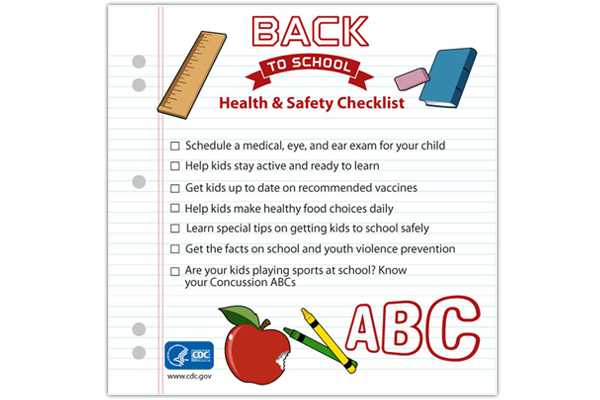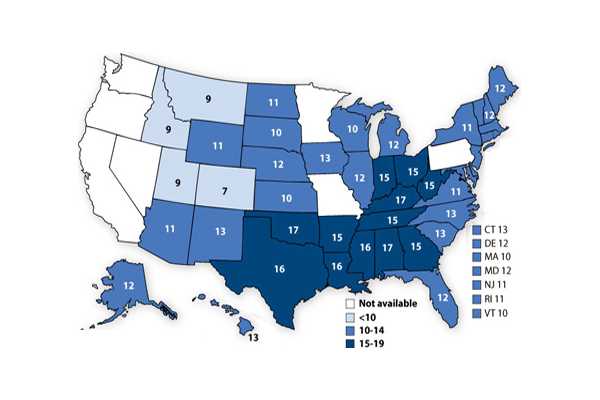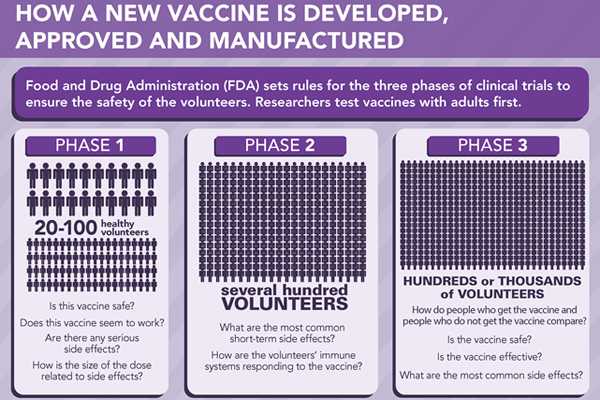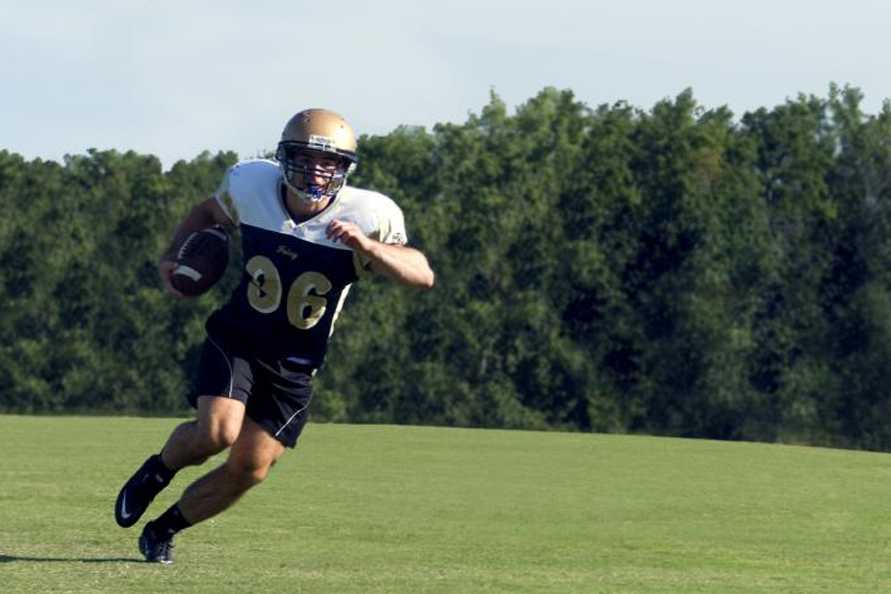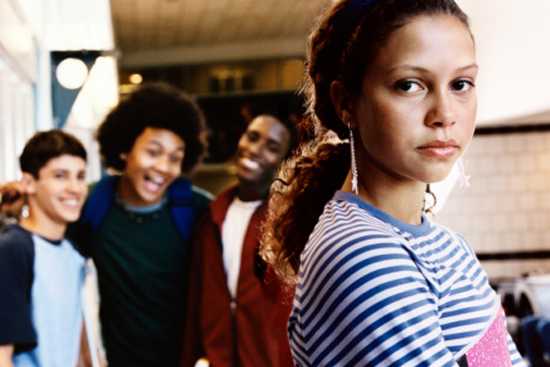Head Back to School Safer and Healthier this Year!
Heading back to school is an exciting time of year for students and families. As students go back to school, it is important that they eat healthy and stay active, are up to date on their immunizations, and know the signs of bullying for a healthier and safer school year.
- Eat healthy and stay active- Our children spend the vast majority of their day at school, so it’s a place that can have a big impact in all aspects of their lives. Schools can help students learn about the importance of eating healthier and being more physically active, which can lower the risk of becoming obese and developing related diseases. Prevention works. The health of students—what they eat and how much physical activity they get—is linked to their academic success. Early research is also starting to show that healthy school lunches may help to lower obesity rates. Health and academics are linked – so time spent for health is also time spent for learning. The Dietary Guidelines for Americans recommend that children and adolescents limit their intake of solid fats, cholesterol, sodium, added sugars, and refined grains. Eating a healthy breakfast is associated with improved cognitive function. Young people aged 6-17 should participate in at least 60 minutes of physical activity every day. Research shows that physical activity can help cognitive skills, attitudes, concentration, attention and improve classroom behavior – so students are ready to learn.
- Get vaccinated- Getting your children and teens ready to go back to school is the perfect time to make sure they are up-to-date with their immunizations. Vaccination protects students from diseases and keeps them healthy. The recommended immunizations for children birth through 6 years old can be found here [PDF-269KB], and the recommended immunizations for preteens and teens 7-18 years old can be found here [PDF-208KB]. If you don’t have health insurance, or if it does not cover vaccines, the Vaccines for Children program may be able to help.
- Heads Up: Concussions- Each year, U.S. emergency departments treat an estimated 173,285 sports– and recreation-related traumatic brain injuries, or TBIs, including concussions, among children and teens, from birth to 19 years. (MMWR October 2011) A concussion is a type of TBI, caused by a bump, blow, or jolt to the head that can change the way your brain normally works. Concussions can also occur from a fall or a blow to the body that causes the head and brain to move quickly back and forth. Children and teens are more likely to get a concussion and take longer to recover than adults. Concussion symptoms may appear mild, but the injury can lead to problems affecting how a person thinks, learns, acts, and/or feels. Concussions can occur outside of sports or during any sport or recreation activity, so all parents need to learn the signs and know what to do if a concussion occurs with the ABC’s of concussions: Assess the situation, Be alert for signs and symptoms, and Contact a healthcare professional.
- Bullying– Bullying [PDF-264KB] is a form of youth violence and can result in physical injury and social and emotional distress. In 2011, 20% of high school students reported being bullied on school property and 16% reported being bullied electronically through technology, also known as electronic aggression (bullying that occurs through e-mail, a chat room, instant messaging, a website, text messaging, or videos or pictures posted on websites or sent through cell phones) or cyberbullying. Victimized youth are at increased risk for mental health problems, including depression and anxiety, psychosomatic complaints such as headaches, and poor school adjustment. Youth who bully others are at increased risk for substance use, academic problems, and violence later in adolescence and adulthood. The ultimate goal is to stop bullying before it starts. Some school-based prevention methods include a whole school anti-bullying policy, promoting cooperation, improving supervision of students, and using school rules and behavior management techniques in the classroom and throughout the school to detect and address bullying and providing consequences for bulling.
For more tips on heading back to school, please visit our CDC Features page.
Contact Information
Holly Hunt, MA
Biography [PDF-152KB]

“Schools are part of our communities and the right place for a healthy start. Schools can help by becoming places where students not only learn about the importance of eating healthier and being more physically active but, in fact, eat healthier and move more.”
Holly Hunt, MA – Chief, School Health Branch, Division of Population Health, National Center for Chronic Disease Prevention and Health Promotion
Melinda Wharton, MD, MPH
Biography [PDF-144KB]

“As kids head back to school, it’s a good time to check that they are up-to-date with their vaccinations. Vaccination is the best way to protect children from vaccine-preventable diseases.”
Melinda Wharton, MD, MPH – Acting director, National Center for Immunization and Respiratory Diseases
Grant Baldwin, PhD, MPH
Biography [PDF-30KB]

“We want children to be active and have fun, but at the same time prevent injuries from occurring. Back to school season is here, sports are starting up, and everyday activities will continue. It’s important to know that students can get a concussion in any number of school settings ranging from the hallway, the playground, the cafeteria, and beyond. Help your friends, family, teachers, and coaches know to A—Assess the situation, B—Be alert for signs and symptoms, and C—Contact a health care professional, if you suspect something isn’t right.”
Grant Baldwin, PhD, MPH – Director, Division of Unintentional Injury Prevention
Howard Spivak, MD
Biography [PDF-94.7]

“Bullying affects everyone involved – those who are bullied, those doing the bullying, and those who witness bullying. It can happen at school, on the bus, or in the neighborhood. Bullying has both short- and long-term consequences, and is linked to physical and emotional safety, ability to learn, mental health, substance abuse, and suicide. Our goal is to prevent bullying before it starts. Whether you’re a parent, teacher, family member or friend, you have a role in preventing bullying.””
Howard Spivak, MD – Director, Division of Violence Prevention, Injury Center
Obesity, nutrition, physical activity
- Nutrition, Physical Activity, & Obesity Data & Statistics
- Body and Mind! Website for Youth Ages 9 – 12
- Guidelines and Strategies
- Water Access in Schools
- Local School Wellness Policy
- Select Tools and Resources for Schools: Nutrition, Physical Activity, Obesity [PDF-7.07MB]
- Success Stories
- Body Mass Index Measurement in Schools: Executive Summary [PDF-1.97MB]
- Children’s BMI Tools for Schools
Immunization
Head Injuries
- Heads Up: Concussion
- Heads Up to Schools: Know Your Concussion ABCs
- Concussion in Sports
- Take the Online Training for Youth Sports Coaches
- Targeted Resources: High School Sports | Youth Sports | School Professionals | Resources for Health Care Professionals
- TBI in the United States: Statistics | Causes | Outcomes | Prevention
Bullying
- Youth Violence: Electronic Media and Youth Violence: A CDC Issue Brief for Educators and Caregivers [5.5MB]
- Understanding Bullying [PDF-264KB]
- Violence Prevention
- Youth Violence
Obesity, nutrition, physical activity
- School Health Guidelines to Promote Healthy Eating and Physical Activity
- Competitive Foods in Schools
- Physical Education Curriculum Analysis Tool
- Youth Physical Activity Guidelines Toolkit
- The Association Between School-Based Physical Activity, Physical Education, and Academic Performance[PDF-2.5MB] (Full report) | Executive Summary [PDF-309KB]
- 2011 Youth Risk Behavior Survey Maps – Nutrition and Physical Activity
Fact Sheets: What you can do
- For Parents, Guardians, Teachers, and School Staff [PDF-1.5MB]
- For School Boards, School Districts, and Other School Administrators [PDF-482KB]
- For School Nutrition Service Personnel [PDF-2.6MB]
- For Students [PDF-826KB] | For Parents | For Teachers
Spanish Materials
Immunization
- For Healthcare Providers | For Parents | Preteens and Teens
- Common Questions About Vaccination
- ACIP Vaccine Recommendations
Spanish Materials
Head Injuries
- Concussion: A Must Read for Young Athletes [PDF-2.16MB]
- Concussion: A Must Read for Young Athletes (Spanish) [PDF-738KB]
- Concussion Slideshow [PDF 775KB]
- CDC Heads Up Facebook page
Downloadable Materials
- Order these materials at no cost on the Publications Order Form page.
- Download more “Heads Up” videos, PSAs, and web banners or other promotional materials on the Concussion Resources page
Bullying
- Measuring Bullying Compendium [PDF-21.8MB]
- STRYVE: Striving to Reduce Youth Violence Everywhere
- October 2012 Story Idea- Bullying: Stop it before it starts
- CDC VetoViolence Facebook Page
Spanish Materials
Obesity, nutrition, physical activity
Immunization
- Flu.Gov
- American Academy of Pediatrics
- American Academy of Family Physicians
- American School Health Association
- Every Child By Two
Head Injuries
Bullying
Videos
Obesity
Immunization
Head Injuries
- Keeping Quiet Can Keep You Out of the Game
- Keeping Quiet Can Keep You Out of the Game… a Mother’s Story
Podcasts
Nutrition
- Shun the Sodas (0:59)
- Shun the Sodas (4:12)
- Eating Well At School (0:59)
- Eating Well At School (3:37)
- Keep Your Kids Moving (0:59)
- Keep Your Kids Moving (4:23)
- Developing Healthy Habits — Part 2 (0:59)
- Developing Healthy Habits — Part 2 (4:37)
- Un almuerzo para llevar saludable (Packing Smart) (3:17 )
- “Snacks” saludables (Smart Snacks) (1:35 )
- Empaca el almuerzo (Power Packing) (4:06)
Immunization
- Teen Vaccines (4:03)
- Lo que puedes hacer para que no te dé influenza (Things You Can Do to Stay Away from the Flu) (3:23)
Head Injuries
- Coach and Team (:30)
- Mom and Daughter (:30)
- Teens (:30)
- Announcers (:30)
- CDC Kidtastics: Bump on the Head (2:49)
- Heads Up! Play It Safe When It Comes to Concussions! (6:49)
- Heads Up! (0:59 minutes) | Spanish (1:27)
- Know the Facts: Understand Concussion (1:11)
- What You Need to Know About Concussion (2:24)
- Taking Care After A Concussion (1:27)
- Talking to Your Patients: A Clinician’s Guide to Treating Mild Traumatic Brain Injury (2:36)
- Watch Your Head (:59)
- Precauciones al andar en bicicleta o patinar (Stay Safe Riding Bikes or Skating Outside) (2:33)
Bullying
- Page last reviewed: February 28, 2014
- Page last updated: February 28, 2014
- Content source:


 ShareCompartir
ShareCompartir
